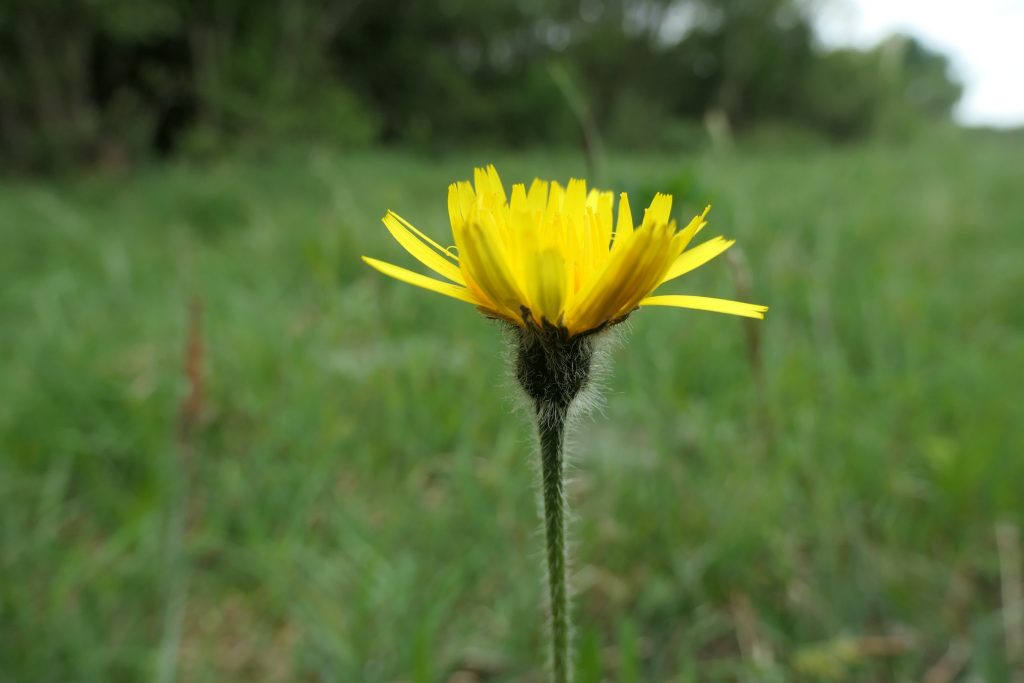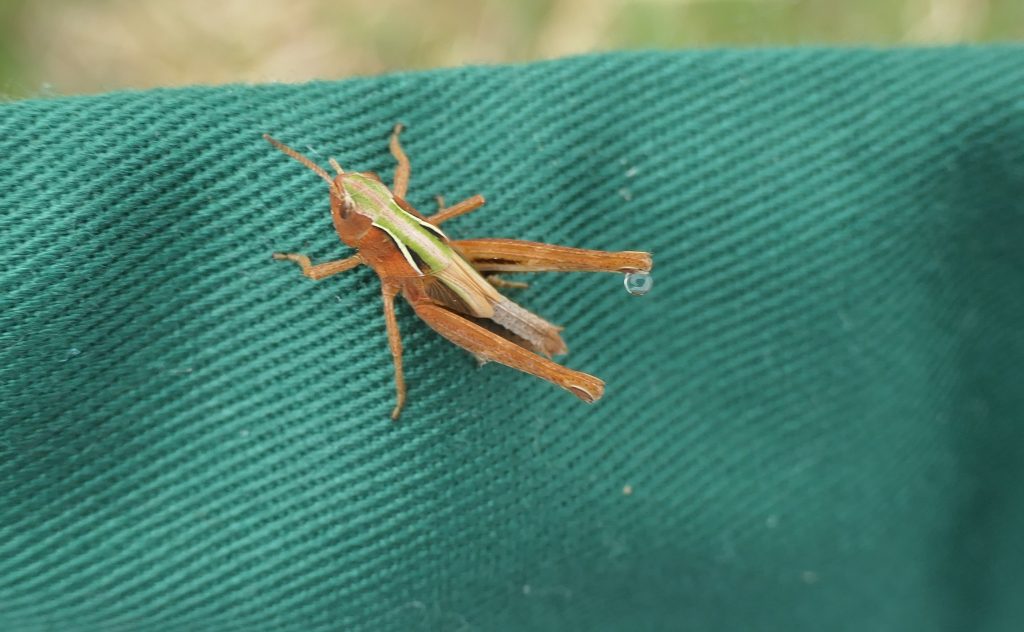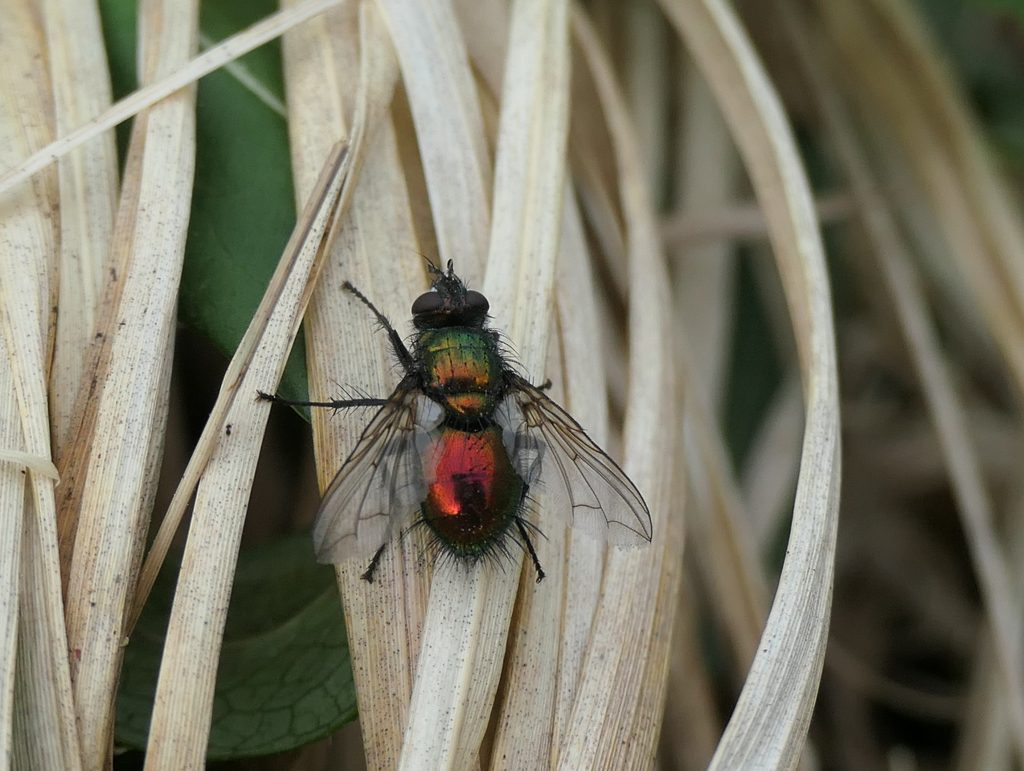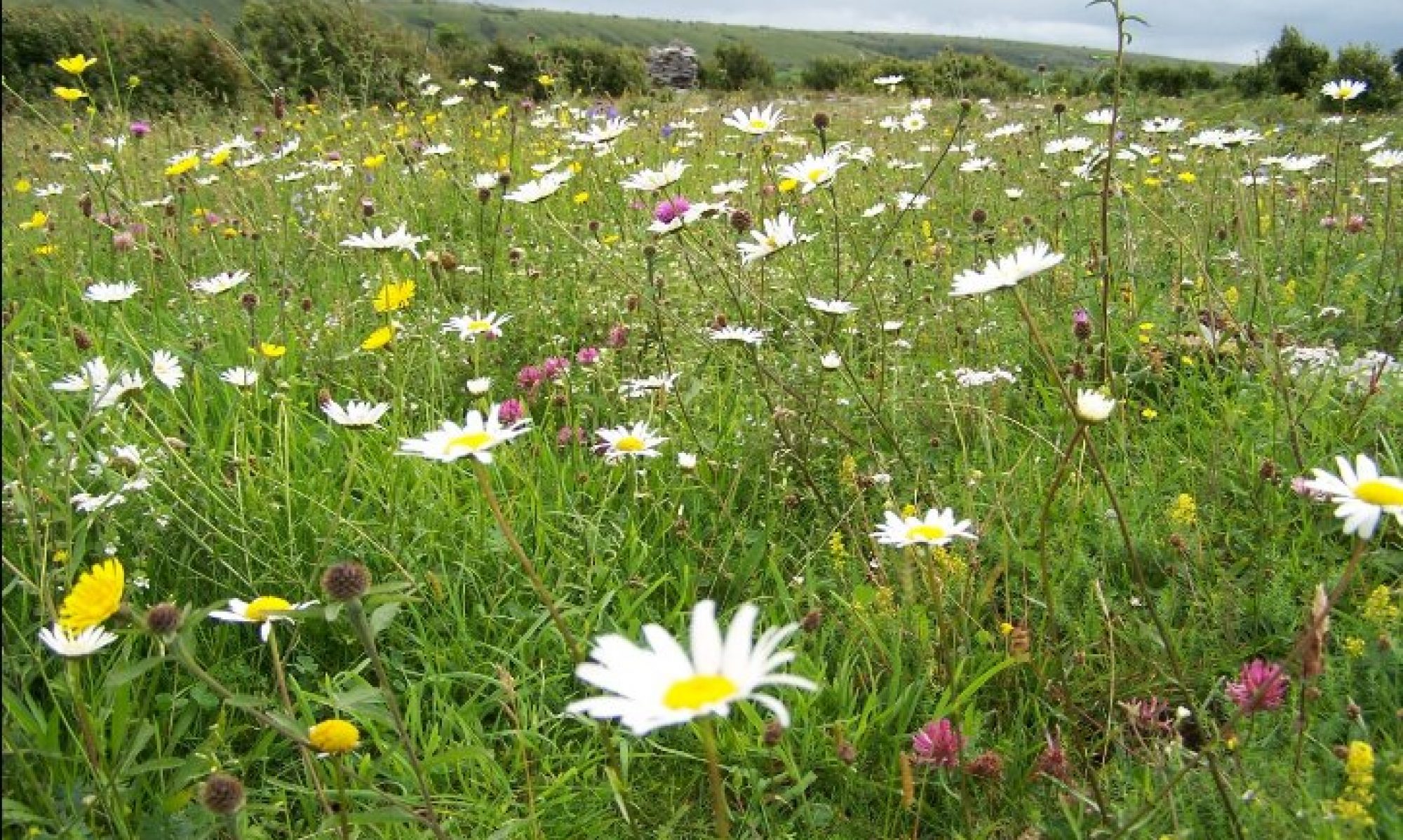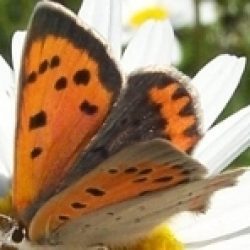There is little point in claiming dull, overcast weather is better for butterfly walks. However, muted brightness often reveals sights that bright light obscures, reminiscent of a line in a hymn: ‘Tis only the splendour of light hideth thee.’ (Smith, 1867).
Perhaps a calmer mindset prevails in the naturalist, engendering closer scrutiny, a slow time when one pauses, searches, and seeks clues to whereabouts. A nibbled leaf, an irregular shape, a pair of antennae, or a rustle hyper-focuses the senses.
Insects one cannot get close to in hot weather are suddenly approachable. How else would one get a close view of this female Emperor? Usually soaring imperiously above one’s head, then darting dramatically in an unexpected direction, there is no chance of obtaining a photograph.
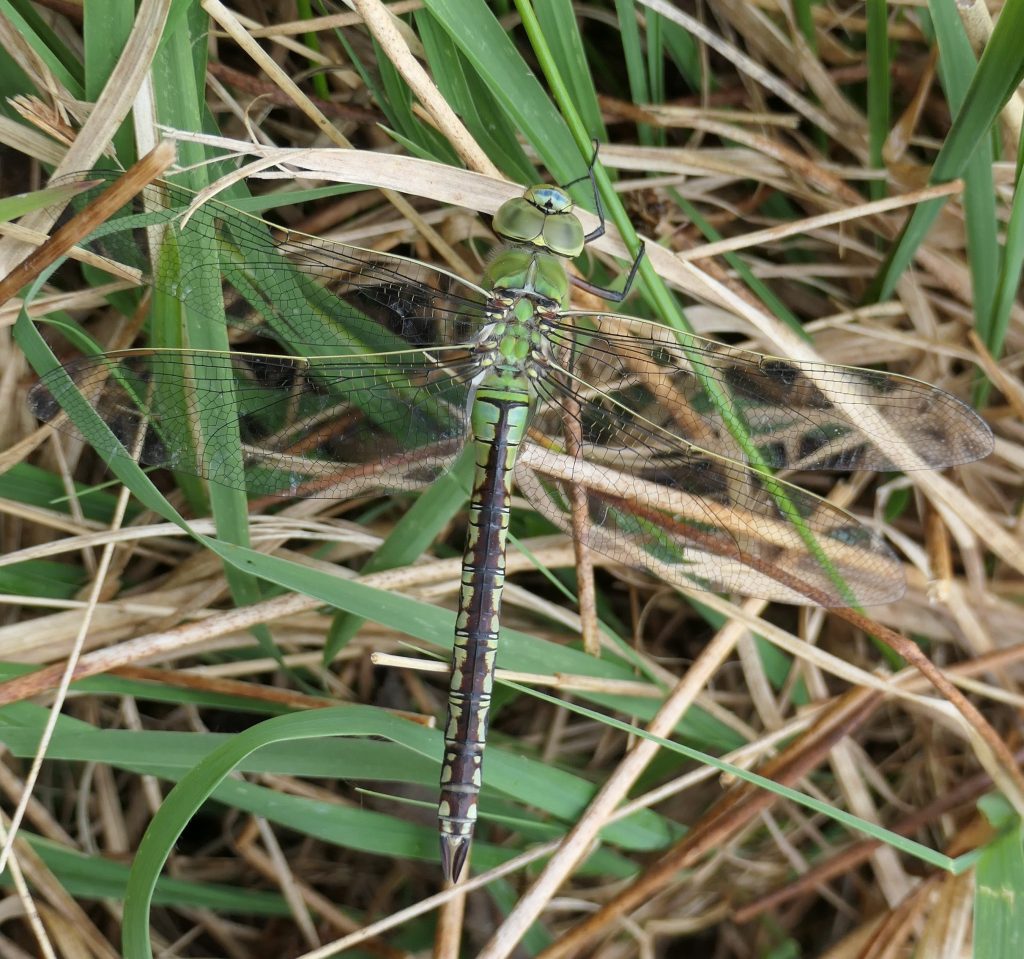
We enjoyed photographing the empress before she managed to warm her flight muscles and escape our cameras. A search of the two buckthorn species revealed Brimstone caterpillars. Look at the following photos.
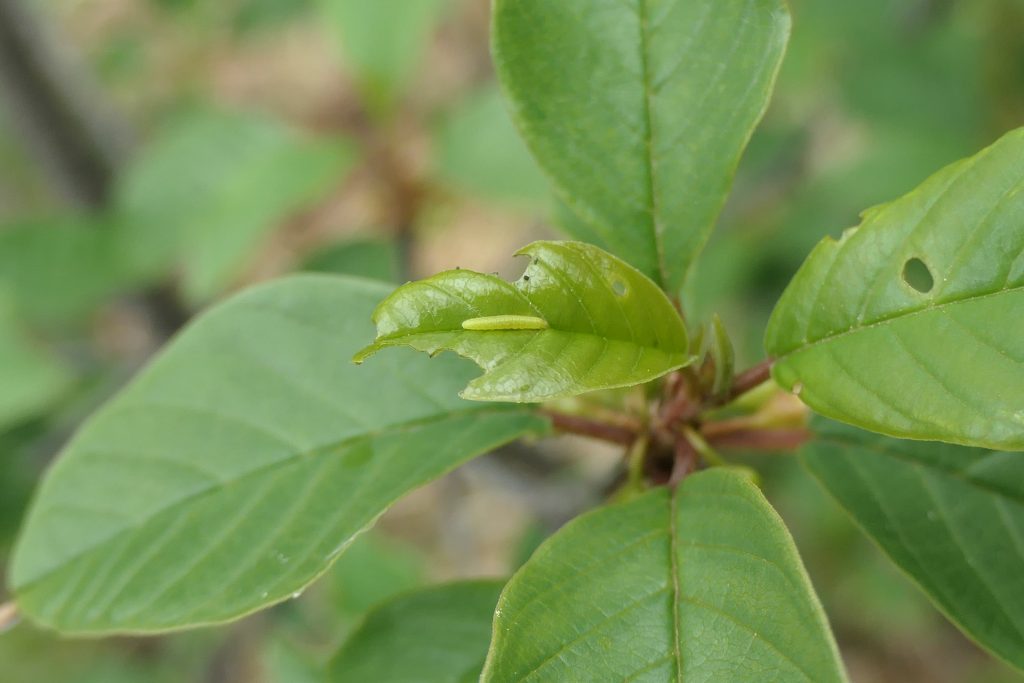
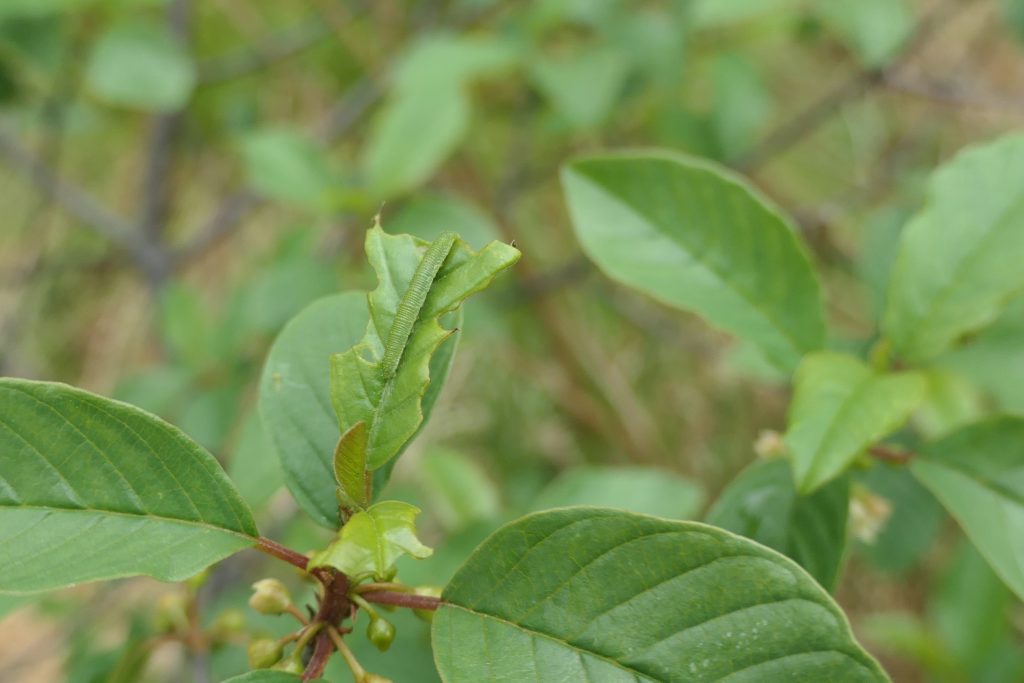
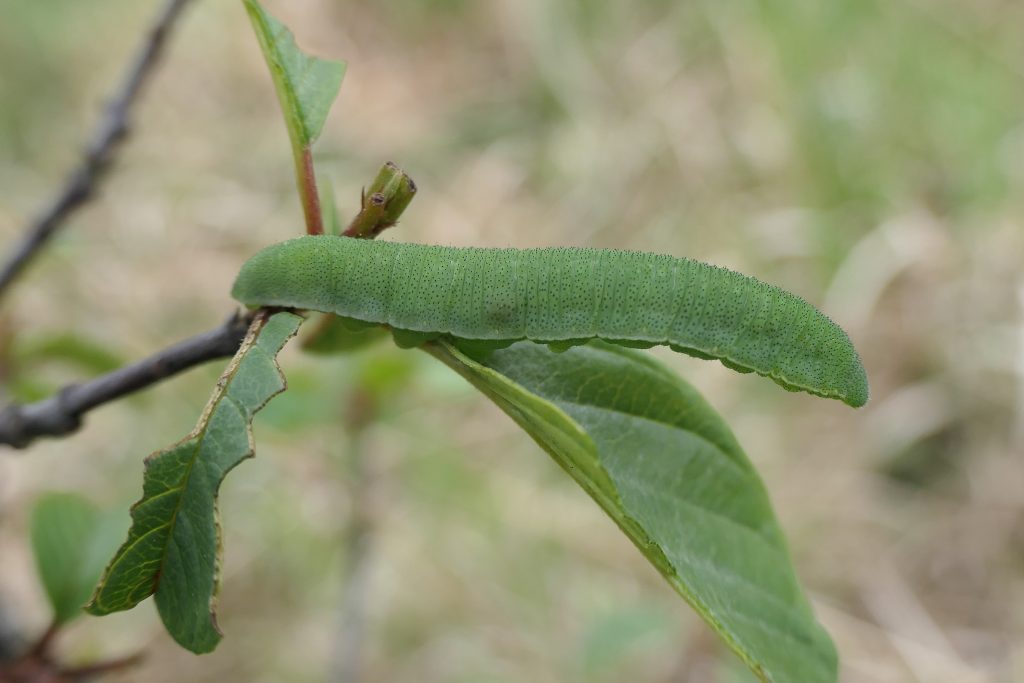
These caterpillars were found in adjoining bushes. The size difference points to the timing of egg-laying, indicating the eggs being laid over weeks by the same generation of females, and possibly, but improbably, by the same female. The adult butterfly will fly over several weeks in the summer, typically starting in mid-July (occasionally early in July in a warm year like this) and ending in early or mid-September. Occasionally adults are seen late in September or early October. In most years, mid-July to early September is the time to watch the adults. The adults you see in mid-July are the first to hatch from their pupae, represented by the largest caterpillar above. The adults you encounter later in mid-August are likely the result of the later laid eggs, represented by the first instar caterpillar. The adults that emerged in July will probably be hibernating by mid-August; no butterfly that must survive several months of cool weather can expose itself for several weeks.
When warmer weather arrives in spring, the first Brimstones to wake are the males. Females begin to appear about a week later and mating quickly follows. Long-lived females will lay their eggs over several weeks, usually from April.
Spring butterflies ‘know’ that spring weather can be erratic. Conditions like those this spring, with most days of unbroken sunshine, are rare. Spring flyers can take advantage of brief good weather, and even today we saw Marsh Fritillaries on the wing and found a number on grassland ready to act if the temperature allowed.
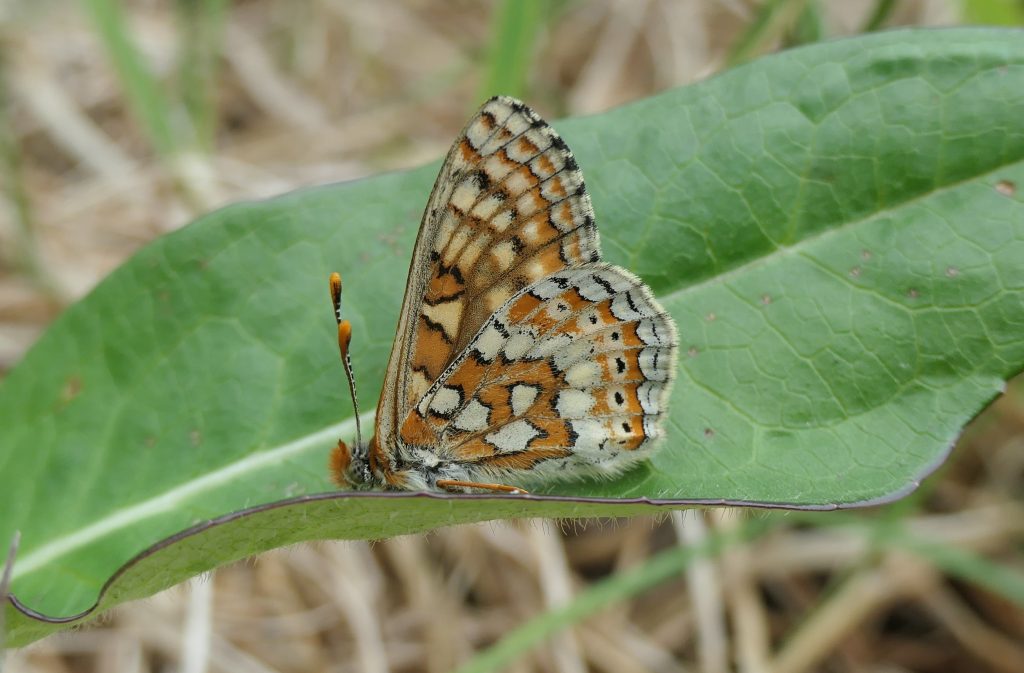
Other creatures drew our attention too. Marbled White-spot and plume moths caught eyes usually attuned to seeking larger, more colourful fare. The lovely flora of the area was also enjoyed, and our two-hour ramble sent us home happy.
